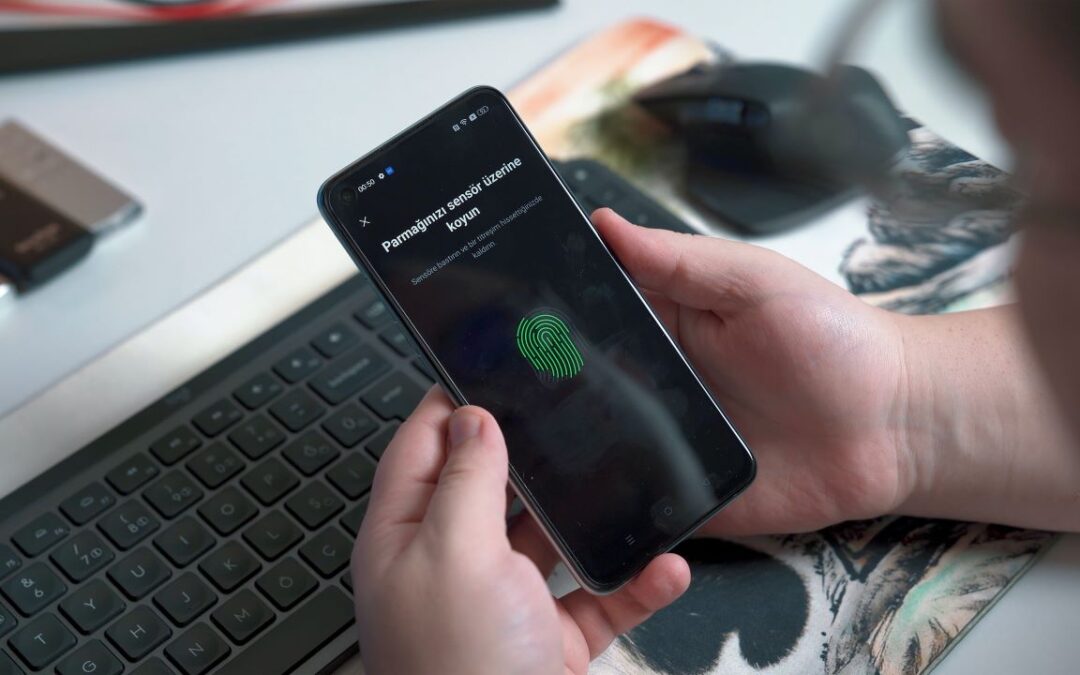Zero-Trust practices offer many benefits to the organizations that adopt them; in this piece we will explore how they work, why they are gaining in popularity, and how DIDComm can help enable them for you.
By Sam Curren
What is Zero Trust?
Zero Trust is an approach to cybersecurity that holds that you should never assume that someone or something has the proper credentials to access what they are trying to do, even if they are already inside your organization or system.
Picture this real-world example: When shopping at stores such as Costco, a membership card must be presented to gain entry. Therefore, it could be assumed that anyone who has made it into the store is a member, and is able to purchase goods. Costco does not make this assumption. It requires another check of the Costco club card at checkout, because the company knows that its system of checking at the door is not 100% secure. In other words, don’t trust the perimeter defense, always verify those who are inside it, which is a principle of Zero Trust.
Zero Trust evolved to deal with the painful and costly reality that in the digital age, perimeter defenses were easily defeated, not least by people faking or using stolen digital identities.
What is DIDComm?
Let’s shift gears now to Decentralized Identifier Communication (DIDComm) which is a method for creating a direct, encrypted line of communication between the owners of Decentralized Identifiers (DIDs).
DIDs are a recent W3C standard and can be thought of as global digital addresses for identity, though they are more than that. If someone, something, or some organization has a DID, they have an identity and can be contacted. The key point about DIDs is that they are decentralized — unlike the identifiers we presently use in the form of emails or user accounts with logins and passwords. These are centralized forms of identity, meaning your data is stored and managed by a third party from whom you “lease” an identity like a user account. You don’t actually own your email address. By contrast, you do own and fully control your DID; you can create any number of them; they are permanent for as long as you wish, and they can refer to organizations and things as well as people. And, as noted, you can use the communications protocol in a DID — DIDComm to directly connect to other DIDs.
How do DIDComm and Zero Trust work together?
There are two aspects of DIDComm that enable Zero-Trust principles by design.
The first is what we will refer to as “feature discovery:” either party in the connection can disclose what kind of protocols they are willing to accept. For example, you can share that you are open to sending / receiving messages and your name, while withholding your age, location, and other personal information. What is interesting and important is that you can withhold that you are able to share certain information. Say you are religious and you don’t wish to share that fact with the other party: they will not even know that that was an option for you to potentially share.
Feature discovery can happen at any time, though it often happens at the beginning of a connection with another DID; but as the owner of that DID wants to have more interaction and access more of your data, you can grant additional access — or decline in real time, which is similar to the double checking in Zero Trust.
The second aspect is being able to process a message from another party based on your willingness to trust that entity. By making the decision to engage in a protocol on a per relationship basis, you limit the access another party has to your interactions.
Policy vs architecture
DIDComm’s architecture enables Zero-Trust policies. That’s not the same thing as Zero Trust itself, but it is a good start for those interested in adopting Zero-Trust practices.
Another visualization might be helpful here. Picture you have two levers on a wall and you can only allow employees to pull a specific one. A policy solution might state that only the right lever may be pulled, and anyone who pulls the left lever will be subject to a fine of $500; an architectural solution would be to remove the unwanted lever.
Similarly, your company most likely has data protection policies in place, and everyone likely has had training to know to double check access rights; but as long as the “lever” is available there is a chance for something to go wrong. Having architectural solutions such as DIDComm provide an extra layer of security and confidence that no data will be shared that wasn’t meant to be.
If you would like to know more about DIDComm, or have specific questions on how you might be able to get started, we encourage you to talk to our team of experts.






